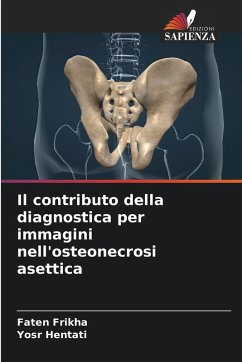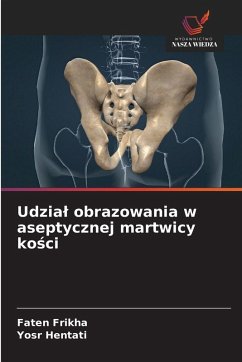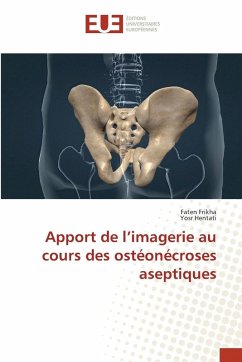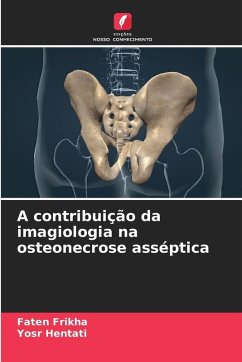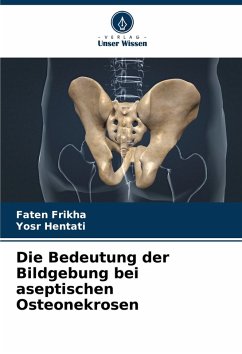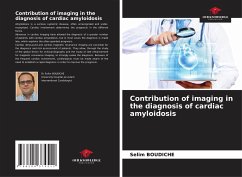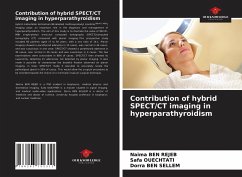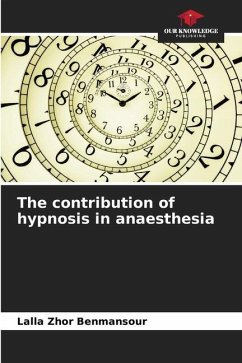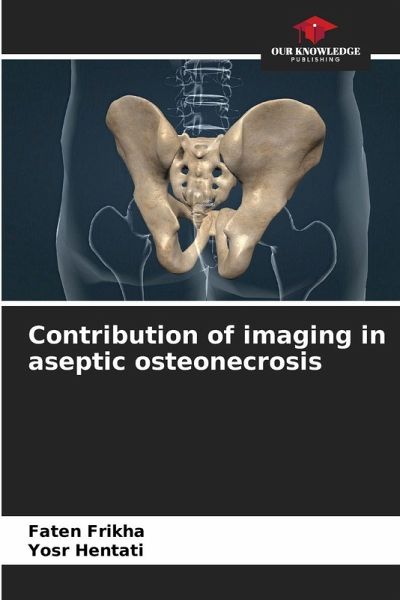
Contribution of imaging in aseptic osteonecrosis
Versandkostenfrei!
Versandfertig in 6-10 Tagen
40,99 €
inkl. MwSt.

PAYBACK Punkte
20 °P sammeln!
Aseptic osteonecrosis (ANO) is epiphyseal bone necrosis, secondary to ischemic and/or cytotoxic mechanisms, and is a disabling pathology responsible for pain and functional disability, mainly affecting young subjects. Significant progress has been made in recent years in understanding the pathophysiology and early pre-radiological diagnosis of ONA using magnetic resonance imaging (MRI). The aim of our work is to analyze the epidemiological, clinical and, above all, radiological aspects, with particular emphasis on the role of imaging in the diagnosis and prognosis of ONA. We conducted a retros...
Aseptic osteonecrosis (ANO) is epiphyseal bone necrosis, secondary to ischemic and/or cytotoxic mechanisms, and is a disabling pathology responsible for pain and functional disability, mainly affecting young subjects. Significant progress has been made in recent years in understanding the pathophysiology and early pre-radiological diagnosis of ONA using magnetic resonance imaging (MRI). The aim of our work is to analyze the epidemiological, clinical and, above all, radiological aspects, with particular emphasis on the role of imaging in the diagnosis and prognosis of ONA. We conducted a retrospective study of patients who presented with ONA in an internal medicine department over a 29-year period [January 1996-March 2025].24 patients were included in our series, 20 women and 4 men, with an average age of 41 years [extremes 21 and 70]. Clinical examination revealed pain on mobilization of the affected joint in all patients, associated with joint effusion in one patient.



